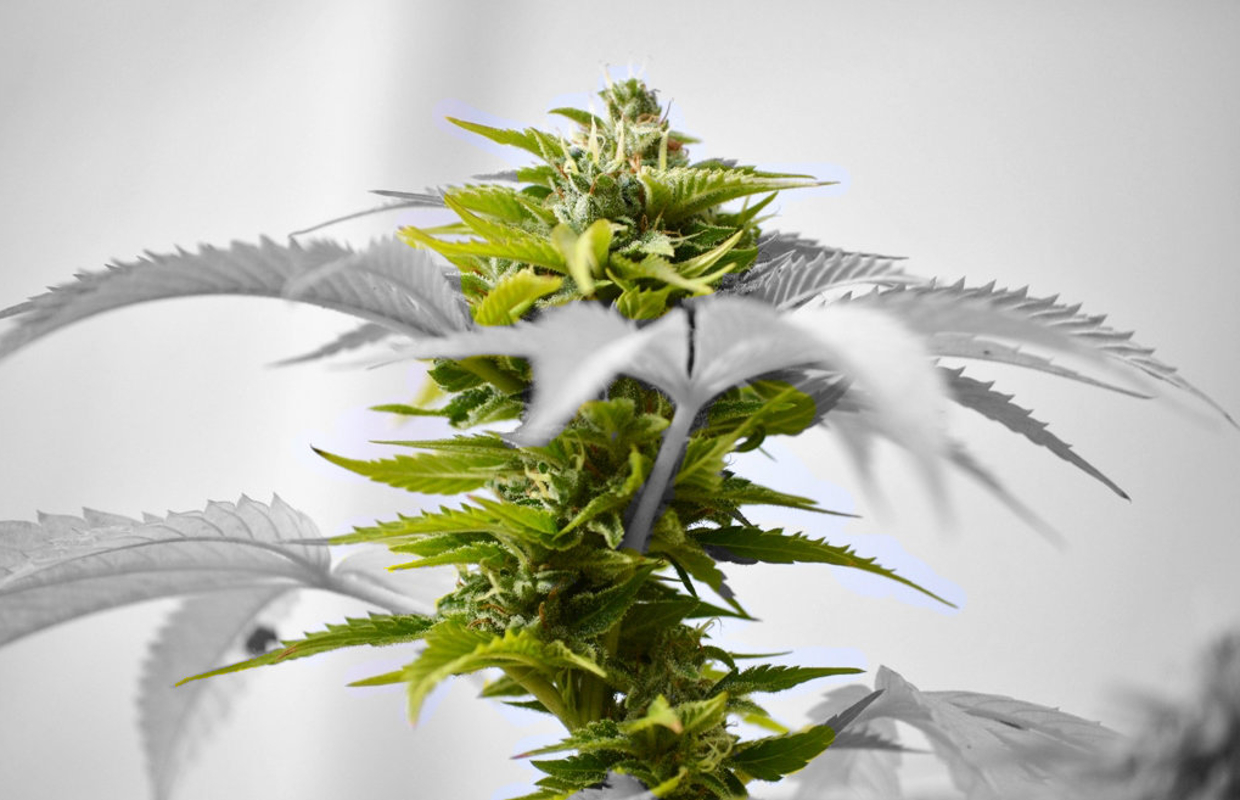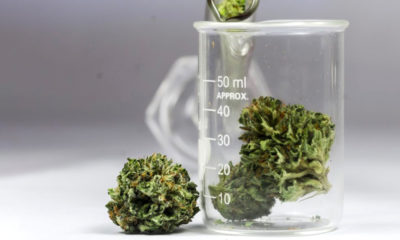
Cannabis
Cannabis Researchers: ‘We Need Better Bud’
Researchers say low-grade cannabis hinders their ability to produce meaningful data, and they’re asking for access to a wider array of higher quality cannabis products.
The federal government strictly limits cannabis researchers, requiring them to conduct all studies using material from a single approved cultivator. But with a maximum potency of roughly 10-percent THC — and zero availability of concentrates or refined cannabinoids — that material bears little resemblance to the cannabis products available for purchase in medical and adult use states.
Public opinion is steadily growing in favor of cannabis decriminalization, with each election cycle revealing more bipartisan social evolution on safe access.
In the face of this building momentum, critics and opponents of legalization in the federal government have been beating the “more research” drum, using the relative lack of clinical data on cannabis as a justification for obstructing the cannabis movement’s progress.
Recently, the DEA — upsetting expectations that it might reschedule cannabis — instead announced that it would be expanding research into its medical potential. But that research may not be too useful, at least according to recent feedback from cannabis researchers to the National Institute on Drug Abuse (NIDA).
Under current federal law, all cannabis research must utilize material provided by University of Mississippi, the only NIDA-licensed cultivator. And according to the NIDA-solicited researcher feedback, “Ole Miss” does not grow the fire.
“Several responders noted that the most potent marijuana available from the NIDA Drug Supply Program… is less potent than the marijuana available through medical and recreational programs in States which have authorized them,” the report read. “The recommendation is to produce and provide marijuana with higher THC content, more reflective of what is found in State programs (up to ~30% THC).”
The Mississippi cannabis available through NIDA ranges in potency from two-percent to roughly ten-percent THC.
The report also indicated that researchers are unsatisfied with the variety of products available, which is currently limited to raw cannabis and pre-rolls.
“The most consistent recommendation was to provide marijuana strains and products that reflect the diversity of products available in state dispensaries,” it read. “Increase the number and variety of marijuana chemotypes to include not only a range of THC concentrations, but also other cannabinoids (eg CBD, CBG, CBN, CBC, and THCV), terpenes, and flavonoids.”
The DEA has already announced a plan to approve additional medical marijuana cultivators in order to facilitate more research. In its statement, the agency acknowledged the need for more research material.
“For most of the nearly 50 years that this single marijuana grower arrangement has been in existence, the demand for research-grade marijuana in the United States was relatively limited—and the single grower was able to meet such limited demand,” the statement read. “However, in recent years, there has been greater public interest in expanding marijuana-related research, particularly with regard to certain chemical constituents in the plant known as cannabinoids.”
At a time when key cannabis scientists are calling for more research into the plant’s medicinal properties and urging the federal government to remove obstacles to meaningful studies, it remains to be seen if the government will make good on its expressed commitment to expanding access to more and better cannabis to study.
TELL US, what marijuana products would you like to see more research on?





















